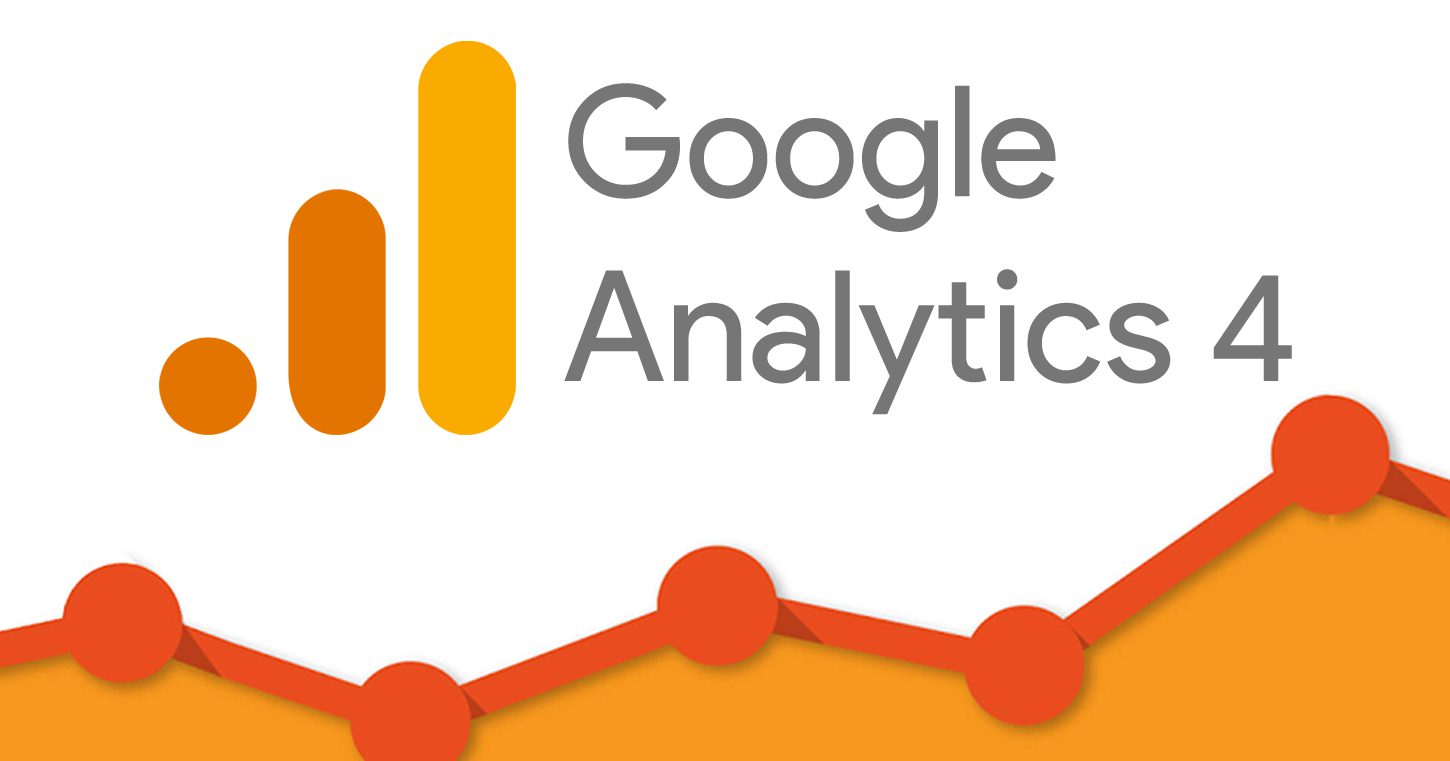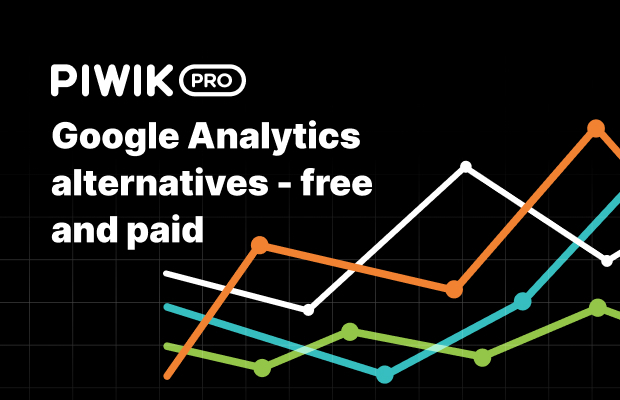Master Internet Site Insights With Accurate Google Analytics Monitoring Code
The efficient utilization of Google Analytics rests on the precise implementation of its monitoring code, a basic step typically forgotten by internet site owners. This relatively straightforward JavaScript bit, when appropriately placed, comes to be the foundation of data collection, offering understandings into customer actions and site performance. Nonetheless, obstacles can arise during setup, potentially skewing the information and bring about misinformed choices. Understanding these complexities is crucial for maximizing the advantages of analytics. What are the common challenges that could weaken your monitoring efforts, and exactly how can you guarantee accuracy in your approach?
Recognizing Google Analytics Basics
Google Analytics is an essential tool for site owners and marketing experts, providing invaluable understandings into user actions and internet site efficiency. At its core, Google Analytics gathers data concerning visitors to a site, permitting customers to assess metrics such as website traffic sources, individual engagement, and conversion prices. Recognizing these basics is critical for enhancing a site's efficiency and boosting user experience.
The platform employs cookies to track interactions, taping information such as page sights, session periods, and bounce rates. This info is accumulated and offered with adjustable control panels, allowing users to imagine trends in time. Secret performance signs (KPIs) can be monitored, such as the complete variety of customers, brand-new versus returning site visitors, and the geographical distribution of the target market.
Moreover, Google Analytics uses segmentation attributes, permitting users to separate details web traffic resources or customer demographics for more targeted analysis. By grasping these foundational elements, internet site proprietors can make informed choices regarding material method, advertising and marketing campaigns, and overall website enhancements. Inevitably, understanding Google Analytics essentials is vital for leveraging information to drive growth and attain company objectives efficiently.
Establishing Your Tracking Code

Duplicate the provided tracking code and paste it into the HTML of your internet site. Ideally, this code must be positioned in the header area of every page you wish to track. This guarantees that the tracking code loads prior to any type of various other material, enabling it to capture information properly. There are plugins readily available that simplify the integration procedure. if you are making use of a content management system (CMS) like WordPress.
After setup, confirm that the tracking code is operating properly by making use of Google Tag Assistant or the Real-Time records in Google Analytics - when does the google analytics tracking code send an event hit to analytics?. This step is important to verify that your data collection is active and precise, establishing the foundation for informative analysis
Typical Tracking Code Issues
Several web site owners come across typical issues with their Google Analytics tracking code that can impede information collection and evaluation. One widespread issue is inappropriate installation. This may occur when the monitoring code is positioned in get redirected here the wrong area of the website's HTML, often bring about absent or incomplete data. Furthermore, having several circumstances of the monitoring code on a single web page can lead to filled with air metrics, as user interactions could be counted much more than as soon as.
Another problem develops from making use of ad blockers, which can stop the monitoring code from performing entirely, thus skewing data. when does the google analytics tracking code send an event hit to analytics?. In addition, failure to set up filters properly can bring about the exemption of important web traffic sources or the incorporation of unwanted recommendation spam, misshaping the information gathered
Internet site owners may likewise overlook the significance of tracking code updates, specifically when migrating to Google Analytics 4 (GA4) from Universal Analytics. Lastly, not enough screening before releasing modifications can lead to unseen mistakes in the monitoring code, better complicating information integrity. Dealing with these common issues is critical for guaranteeing accurate tracking and insightful analytics.
Studying Site Data Efficiently
Exact information collection is just the very first step in leveraging Google Analytics; the actual worth depends on properly assessing that information to drive educated decision-making. To achieve this, it is essential to determine essential efficiency indications (KPIs) that line up with your service goals. Focus on metrics such as conversion prices, moved here user interaction, and website traffic sources, as these will give understandings into individual behavior and the overall performance of your internet site.
Utilizing Google Analytics' division features allows for a much deeper understanding of your target market. By breaking down data into specific demographics, actions, and traffic channels, you can uncover patterns and patterns that notify targeted methods. Applying personalized records and dashboards can enhance this procedure, enabling fast access to relevant information.
In addition, on a regular basis reviewing data patterns over time helps to determine anomalies and possibilities for renovation. Use visualization tools to present information in an easily digestible style, promoting extra efficient interaction with stakeholders. Ultimately, the capacity to examine site data efficiently equips companies to make strategic choices that enhance user experience, optimize advertising efforts, and drive growth.

Best Practices for Accurate Monitoring
Carrying out effective tracking methods is important for obtaining trusted data in Google Analytics. To make certain exact tracking, start by properly setting up the Google Analytics tracking code on every web page of your site. This can be completed via a tag manager or by straight embedding the code right into the HTML.
Next, configure your Google Analytics account to omit inner traffic. This can be done by establishing filters that recognize and remove sees from your organization's IP address, therefore stopping manipulated information. Additionally, make use of event tracking to check specific user communications, such as downloads or video plays, which typical page views may overlook.
On a regular basis examine your monitoring setup to validate that all features, such as goals and ecommerce tracking, are working properly. Establish a regular naming convention for your occasions and campaigns to assist in easier reporting and analysis.
Last but not least, take into consideration leveraging UTM parameters for projects to get understandings into the performance of different advertising and marketing efforts. By complying with these finest methods, you can enhance the precision of your information collection and evaluation, inevitably causing even more enlightened decision-making for your internet site.
Conclusion
Precise application of the Google Analytics tracking code is necessary for grasping web site insights. By making certain the monitoring code is appropriately positioned and on a regular basis examined, internet site proprietors can catch important individual interaction information, therefore facilitating the identification of vital efficiency signs. Effective analysis of this data, combined with adherence to ideal methods, makes it possible for educated decision-making and the optimization of on the internet techniques. Ultimately, a durable monitoring structure enhances the capacity to drive interaction and improve total web site performance.

Not enough screening before launching changes can result in unseen mistakes in the monitoring code, even more complicating information dependability.Carrying out efficient tracking practices is crucial for obtaining trusted data in Google Analytics. By making certain the monitoring code is correctly placed and routinely audited, internet site owners can capture vital customer interaction information, therefore helping with the identification of vital performance indications.